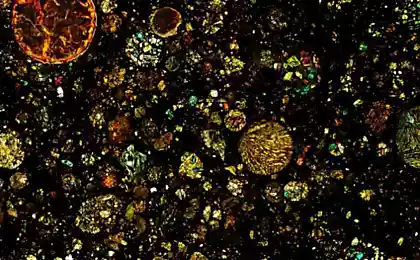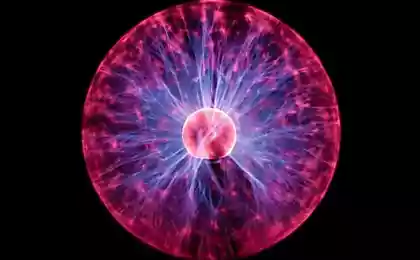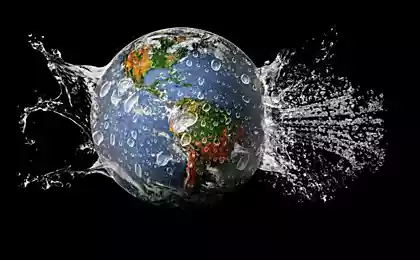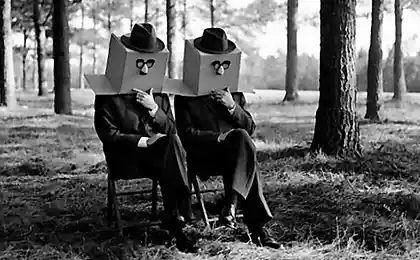Last lifeless place on Earth

However, life in the Atacama have. Microorganisms called "endolithic" hiding in rock crevices where enough water for their survival.
«They support a community of other organisms that feed by-products of their metabolism. And they just sit right there in the rocks. It's pretty exciting »
Dzhoselayn Diruggiero, a microbiologist at the Johns Hopkins University em>
blockquote> It seems that life has plenty of tricky ways to save itself. Microorganisms have been around for 4 billion years old, so that they had enough time to adapt to even the most extreme environmental conditions. But are there any places in the world, is so severe that they have become sterile?
Most researchers believe that the 150 ° C - a theoretical limit for life h4> Heat - a good starting point for the answer to this question.
Currently, scientists are watching as methane-producing bacteria hyperthermophiles resist heat.
These bacteria live deep in the sea, at the edges of the hot springs. Some of these organisms can grow at a temperature of 122 ° C. Most researchers believe that the 150 ° C - is the theoretical limit for the existence of life.
At this temperature, the proteins start to break up and chemical reactions take place can not be - a quirk of biochemistry characteristic of life on Earth. This means that the bacteria can feel great around the hot springs, but not within these sources.
The same applies to the craters of active volcanoes.
«I really think that the temperature - the most hostile setting»
Helena Santos, mikrofiziolog from the New University of Lisbon em>
blockquote> But high blood pressure is less serious problem for life. This means that it is the heat limits the depth at which there is life under the surface of the planet. The center of the planet with a temperature of 6000 ° C of course, excludes all life, although maximum depth at which the common life - the question is still open.
The microorganism, called «Desulforudis audaxviator» was discovered almost 3, 2 km beneath the earth's surface in a South African gold mine. On the surface it is not exposed millions of years, and he survives getting nutrients from rocks exposed to radioactive decay.
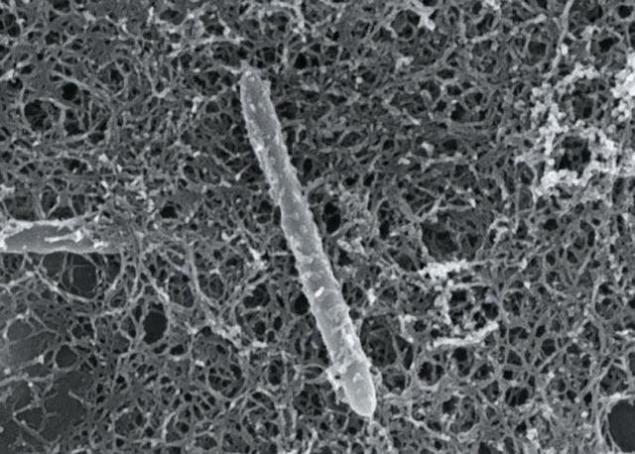
Life exists in subzero temperatures.
For example, bacteria of the genus Psychrobacter bad feeling at minus 10 ° C in the Siberian permafrost in the Antarctic glacial silt. To survive in such conditions, microorganisms have a special membrane, a special protein structure, and their cells contain molecules antifreeze.
What As for radiation, it usually does not interfere with microorganisms, as long as they do not fall into the epicenter of a nuclear explosion. In this case they will be burned up. However, they thrive in containers of radioactive waste, or in close proximity to the epicenter of the disaster at the Chernobyl nuclear power plant, for example.
Deinococcus radiodurans - one of the most radiation-resistant organisms. It can survive in space, and can withstand the radiation dose of 15,000 Gy (Gray - The standard unit of measurement of absorbed dose of ionizing radiation). As for the people, for them a dose of 5 Gy is deadly.
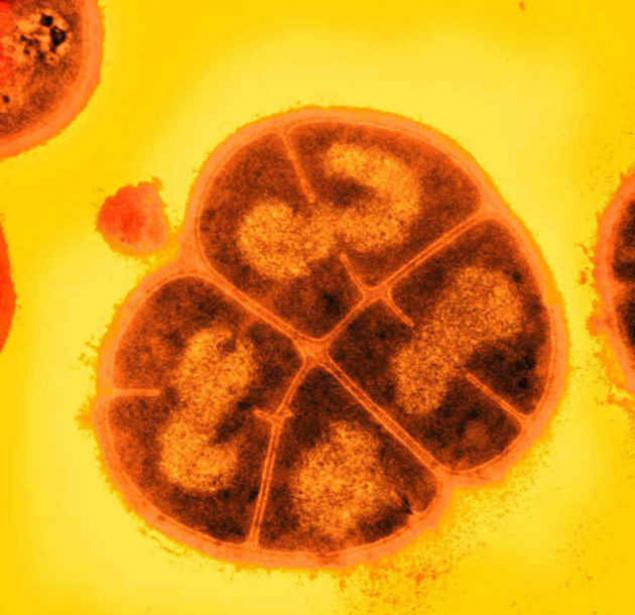
In addition, the growth of certain microorganisms can depend on arsenic, mercury and other heavy metals, and some microorganisms are very fond of cyanide.
In Kamchatka, near the hot springs, whole colonies of microorganisms successfully metabolize sulfur and carbon monoxide.
«It is very difficult to find a chemical that can kill all life in general»
Frank Robb, a microbiologist from the University of Maryland em>
blockquote> However, the single exception to this rule there.
In Antarctica, Lake Don Juan, it is the most salty body of water on the planet. The salt content in the water reaches 40% (For comparison: in the Dead Sea - about 33%).
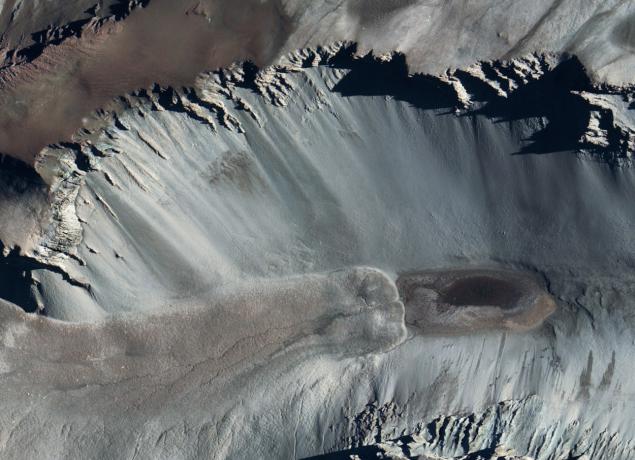
The researchers were able to detect signs of microbial life in the lake, but they are still trying to understand whether it is the microbes grew and multiplied in the lake, or whether they were brought there from other places. So Don Juan considered "examples of places on the planet where you can expect the presence of life, but can not verify whether it is active," - said Corinne Beykermans from the University of Pennsylvania.
To date, only the extreme heat plus certain artificially created in a laboratory environment can provide the conditions for complete sterility, conditions in which there will be no sign of life.
Regularly found new microorganisms that are pushing the boundaries of life, such as we understand it. How far apart are the boundaries of understanding - is unknown.
«nonexistent prove much more difficult than something that actually exists».
Helena Santos, mikrofiziolog from the New University of Lisbon em>
blockquote> Even if nature is lonely islands of fertility, we should not forget that the environment is constantly changing. If microbes extremophiles and taught us anything, it's that the body - can always adapt.
«Give them enough time, they will find their way»
Dzhoselayn Diruggiero, a microbiologist at the Johns Hopkins University em>
blockquote>
via factroom.ru















